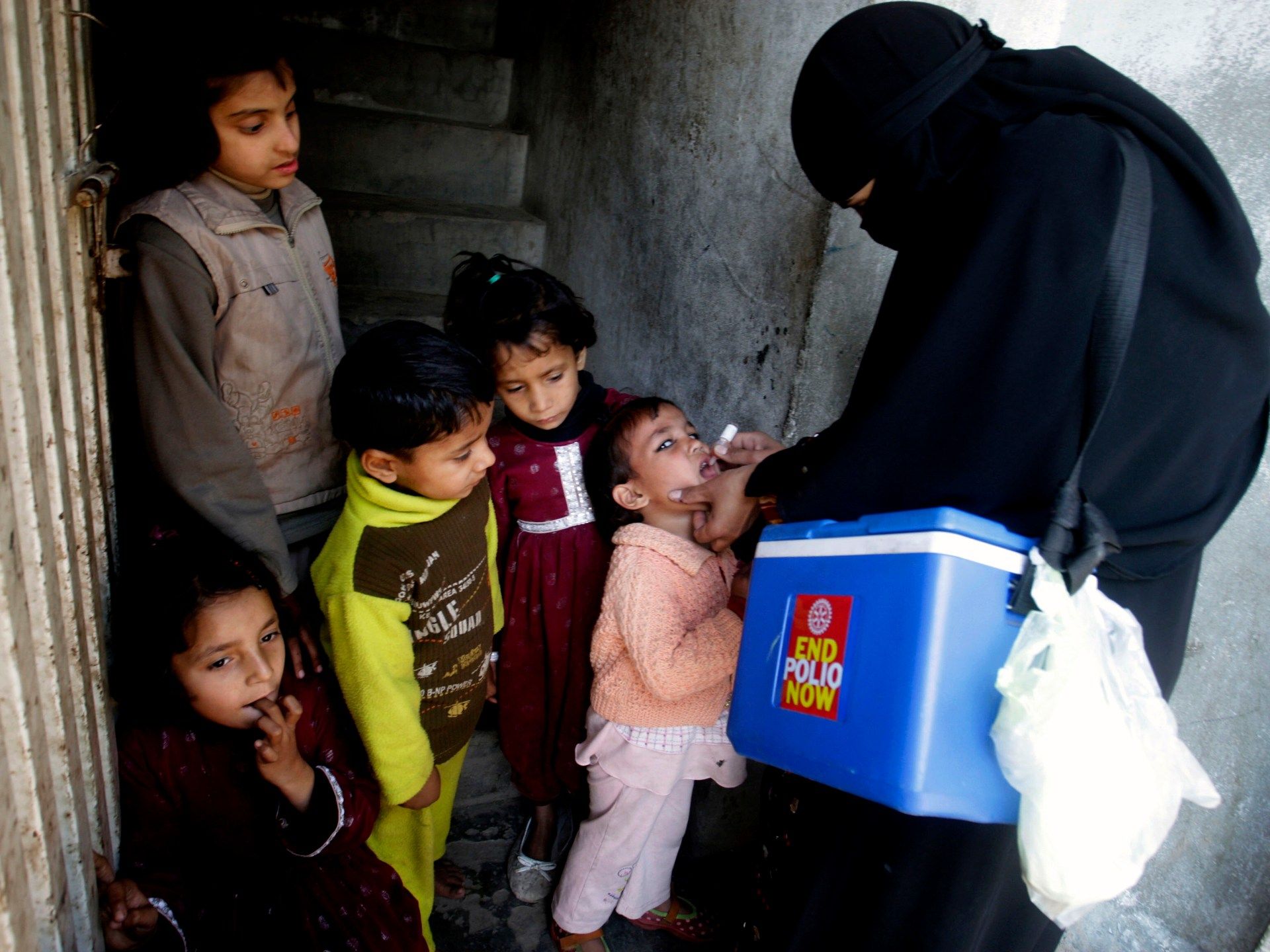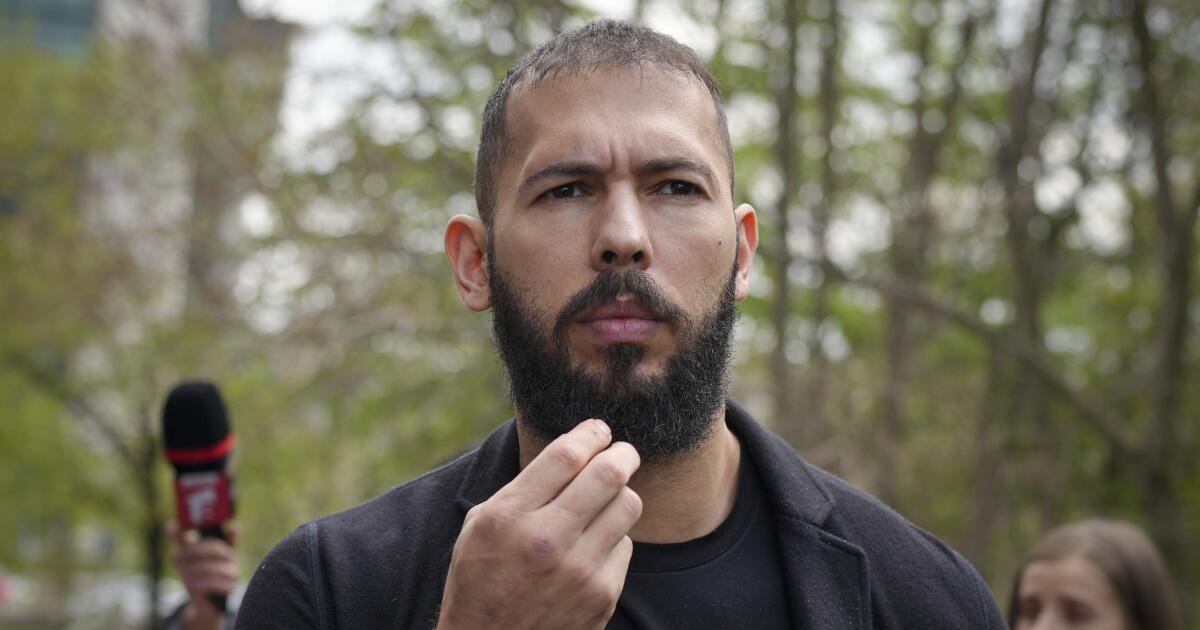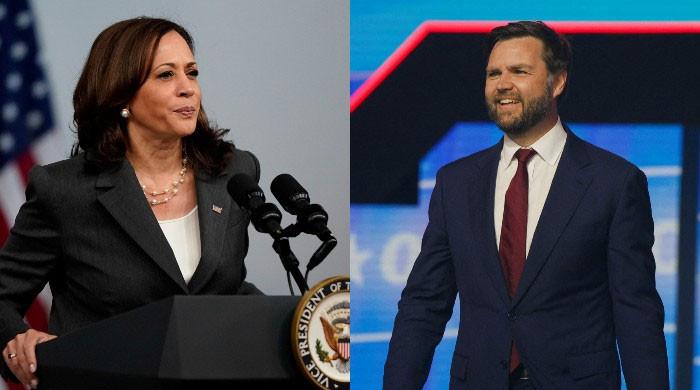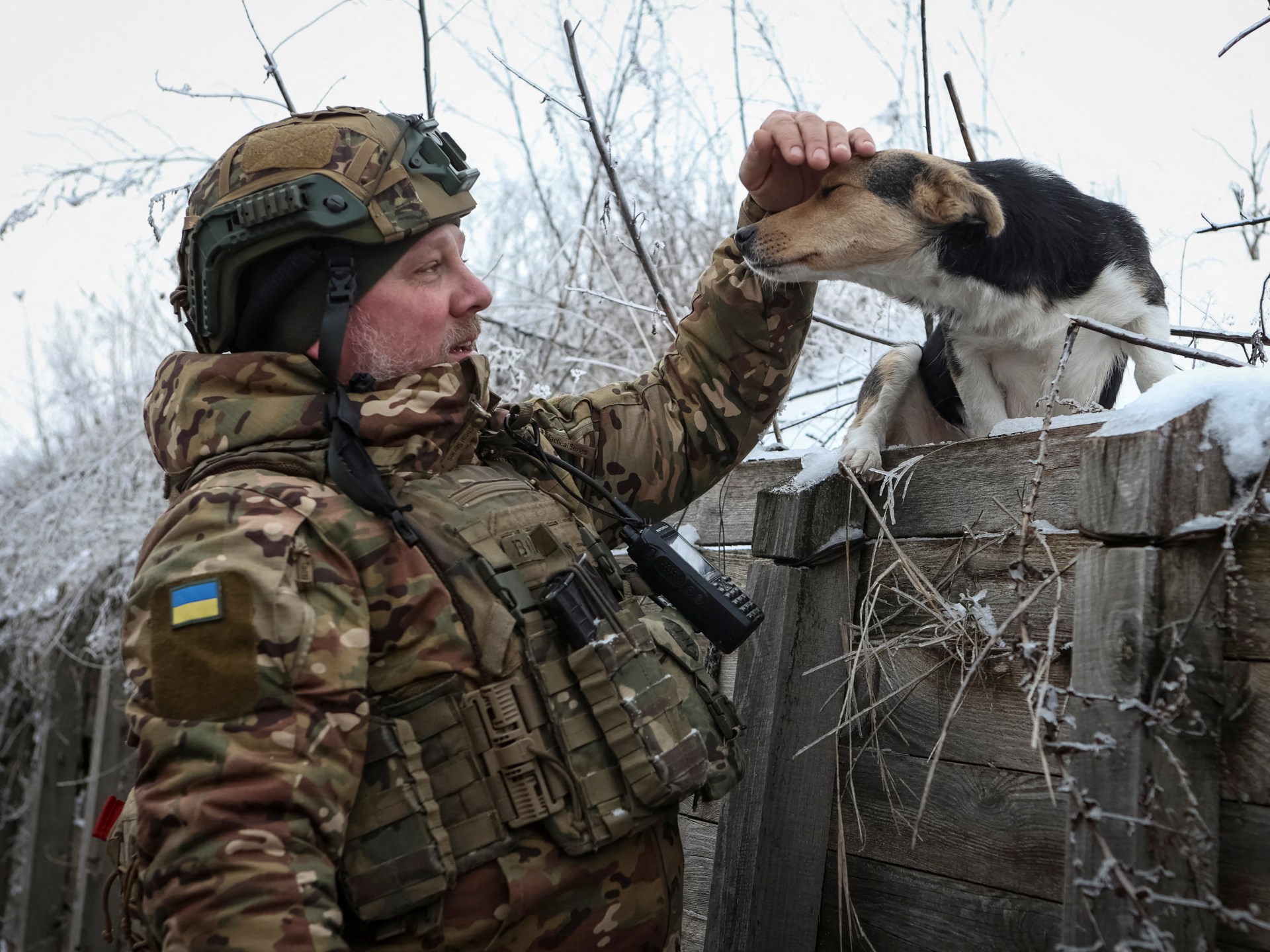Polio has returned to the Gaza Strip after 25 years, forcing the United Nations and local health authorities to launch a vaccination campaign in the Palestinian enclave devastated by 11 months of Israeli bombing.
Some 640,000 children under 10 are expected to receive oral polio vaccine drops amid a limited lull in fighting, and activists say Israel's continued destruction of water and waste management infrastructure in Gaza is helping the highly contagious disease spread.
The disease, which causes paralysis of the limbs mainly in children under five, had been practically eradicated worldwide, but in recent years it has re-emerged in several countries around the world.
And where else has poliovirus returned and how?
What is the polio crisis in Gaza?
In mid-August, a 10-month-old boy was partially paralyzed after contracting polio – the first such case in Gaza this century.
The poliovirus detected in Gaza is believed to be derived from the vaccine.
Vaccine-emergent cases occur when the weakened virus in oral vaccines is allowed to spread and mutate enough to cause infections. This typically happens over a 12- to 18-month period and affects people who were not vaccinated, who did not complete their vaccinations or for whom the vaccine did not work, according to Howard Forman, director of the Health Care Management Program at the Yale School of Public Health.
Health experts and activists have blamed Israel for the destruction of Gaza's health and sanitation infrastructure. The polio case was detected weeks after the UN health agency raised the alarm that poliovirus had been found in Gaza's sewage.
“If the Israeli government continues to block urgent aid and destroy water and waste management infrastructure, it will facilitate the spread of a disease that has been virtually eradicated globally,” said Julia Bleckner, senior health and human rights researcher at Human Rights Watch.
“Israel’s partners should press the government to lift the blockade immediately and ensure unrestricted humanitarian access to Gaza to allow for the timely distribution of vaccines to contain the spreading polio outbreak.”
What is polio?
Polio is a highly contagious viral disease that primarily affects children aged five years or younger. It can cause irreversible paralysis of the limbs.
The virus, classified as type 1, type 2 and type 3, spreads through contaminated water or food and attacks the nervous system. Wild polioviruses of type 2 and 3 were eradicated in 2015 and 2019 respectively.
“The virus spreading in Gaza is linked to a similar virus circulating in Egypt that has been traced back to the use of the new oral poliovirus type 2 vaccine used there to respond to the outbreak,” said Kimberly Thompson, president of Kid Risk Inc., a nonprofit and policy expert with more than two decades of experience modeling global poliovirus transmission.
There is no cure for polio once a person is infected. However, it can be prevented through vaccination administered orally or by injection.

Which countries have not eradicated polio?
The use of polio vaccines has almost eradicated the disease worldwide; only two endemic countries remain: Pakistan and Afghanistan.
A disease is endemic when it continues to be present at a baseline level in a particular area without external factors such as travel-transmitted cases.
Since 1988, polio has been eliminated in 122 countries. Pakistan has reported 16 cases of poliovirus this year, while Afghanistan has reported 14 as of July.
Where else has polio reappeared?
Apart from Pakistan and Afghanistan, the only countries to have reported cases of wild poliovirus in recent years have been Mozambique (eight cases in 2022) and Malawi (one case in 2021), both countries having already eradicated polio.
Vaccine-derived cases have been reported in other countries. While there were 12 cases caused by wild poliovirus last year, 524 were linked to vaccine-derived polio, according to the U.S. Centers for Disease Control and Prevention.
Currently, most high- and middle-income countries use injectable vaccines containing a killed virus, but oral vaccines are cheaper and easier to administer, making them a more common option in developing countries.
“If you’re looking for a solution that’s safe for the individual, the injectable inactivated polio vaccine is safer, but if you’re looking to prevent cases in a population and do it quickly, the oral vaccine is the one to choose right now,” Forman said.
The other side of the coin? Oral vaccines are based on a weakened but live poliovirus that can also sometimes cause polio when spread through wastewater.
“Oral polio vaccines (OPVs) do carry some risks, but these risks are much lower than the risks of a poliovirus outbreak,” Thompson told Al Jazeera. “The key to using OPVs is to ensure that coverage is achieved sufficiently high so that the vaccine viruses do not continue to find susceptible people and cause vaccine-derived cases.”
Vaccine-related cases are of three types, depending on the type of virus strain used in the vaccine.
Type 2 is the most common, with 133 cases reported this year, mainly in Nigeria and Yemen. Infections have also been reported in Indonesia and 11 other African countries, including Nigeria and the Democratic Republic of the Congo (DRC).
The United States, which officially eliminated polio in 1979, also recorded a case of type 2 paralysis in Rockland County, New York, in 2022.
Six cases of vaccine-derived virus type 1 have been reported this year in Mozambique and the Democratic Republic of the Congo.
No type 3 cases have been recorded since 2022, when Jerusalem recorded one case of paralysis. Type 3 and type 2 strains were also detected in wastewater samples from across Jerusalem.
That same year, Canada, the United States and the United Kingdom also found vaccine-derived poliovirus type 2 in wastewater samples, although only the United States reported one infection.
How did polio return to those areas?
One reason behind the high number of vaccine-derived type 2 virus cases is a global shift in the type of vaccine administered.
In 2016, type 2 poliovirus was removed from oral polio vaccines in all countries using these vaccines and replaced by an oral vaccine for types 1 and 3 along with a single-shot dose of inactivated polio vaccine type 2 (IPV). Even before the change, experts expected that using IPV alone for type 2 would reduce population immunity to poliovirus type 2.
“IPV-induced immune protection in populations is not as effective at preventing transmission as oral polio vaccine,” Thompson said.
Polio infections have also re-emerged due to a combination of other reasons, analysts say, from vaccine hesitancy to scaled-back immunization campaigns due to conflict or global health crises such as the COVID pandemic.
Parents often refuse to give their children vaccines out of mistrust, and the reasons for this mistrust may vary by region.
In sub-Saharan Africa, decades of sometimes controversial medical experimentation have contributed to the belief that the region is a testing ground for new vaccines. Conspiracy theories also prevail that vaccines are a way of covering up substances that reduce the African population or introduce satanic controls on the world.
The idea that polio vaccines are part of a Western plot gained further momentum in Pakistan when reports emerged that the US intelligence agency CIA organised a fake polio vaccination campaign to capture al-Qaeda leader Osama bin Laden.
Other common reasons for refusal include lack of confidence in the quality of the vaccine and fear of side effects.
There has also been a general gap in polio vaccination campaigns in recent years. Conflict and political instability have hampered vaccination efforts in countries such as Sudan, according to the World Health Organization.
Many countries also halted or postponed polio vaccination campaigns during the COVID-19 pandemic due to movement restrictions, resource diversion and supply chain disruption.
Increased global mobility, particularly from countries where polio transmission continues, has also continued the spread of the virus.












